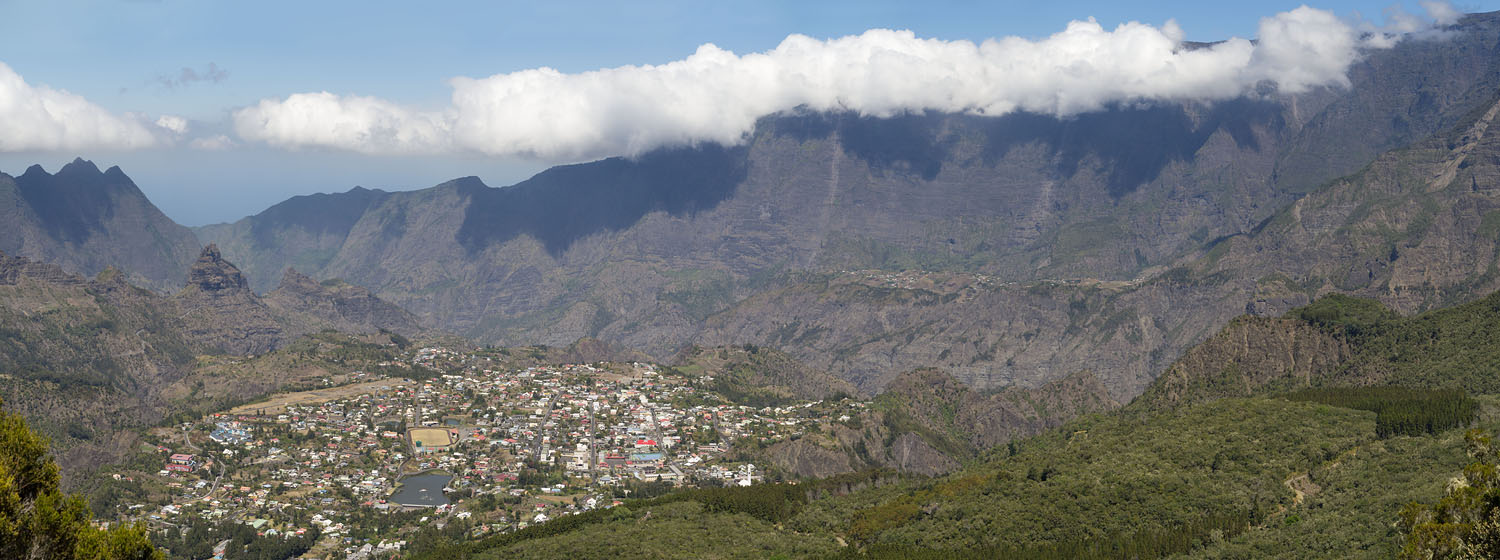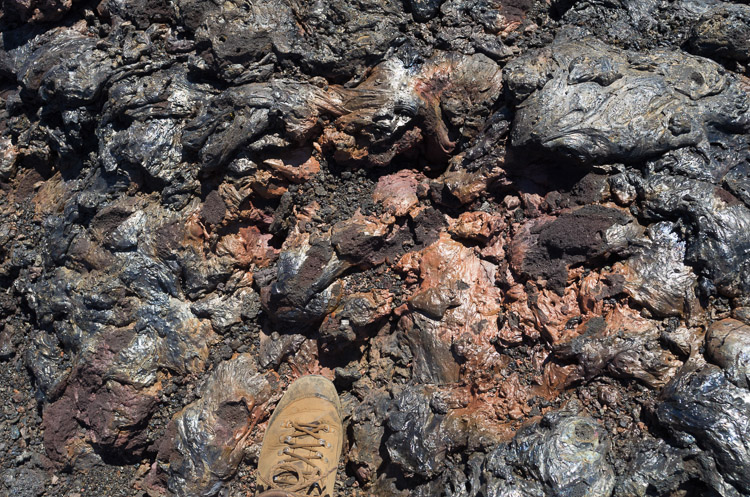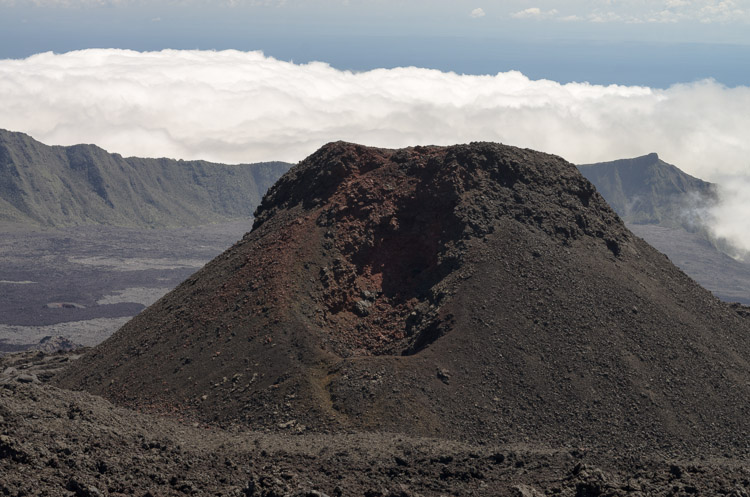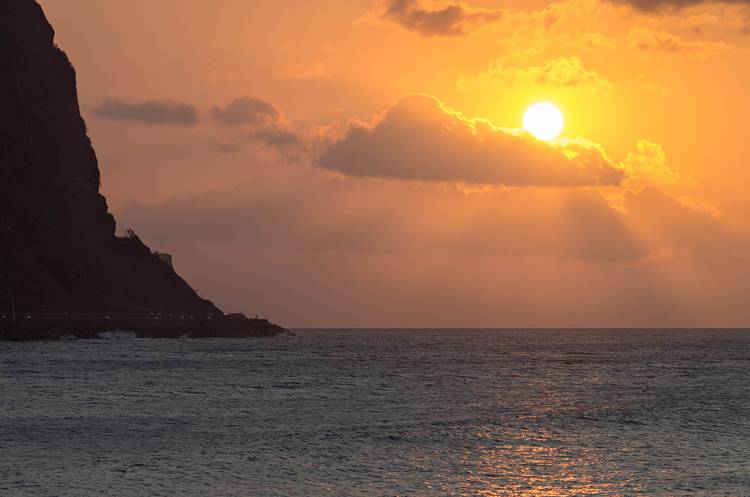First Summit
After having started the tour in St. Denis, the capital of Réunion, the first high point is the Roche Ecrite (2276 m), high above the Cirque de Salazie.Second Summit
Across from Roche Ecrite, on the other side of the cirque, sits the island's highest mountain, Piton des Neiges (3071 m). So close, but still a week further down the trail.



































